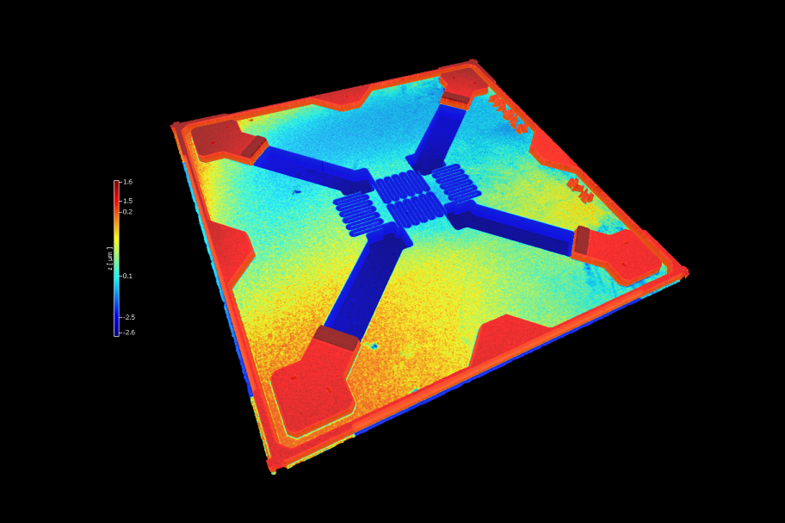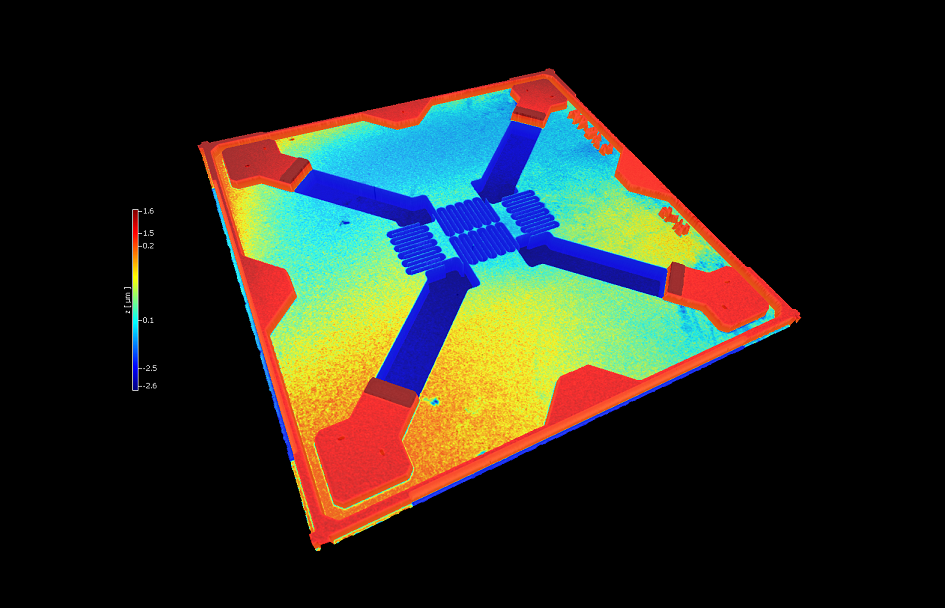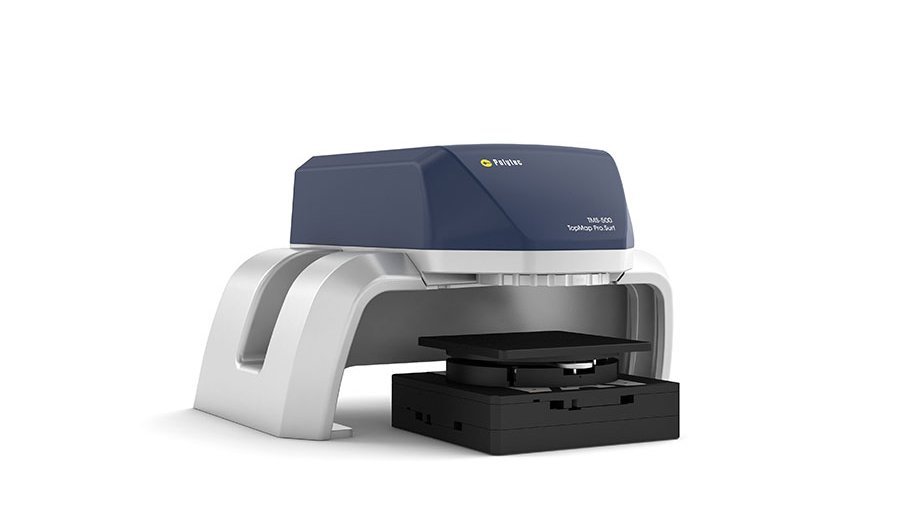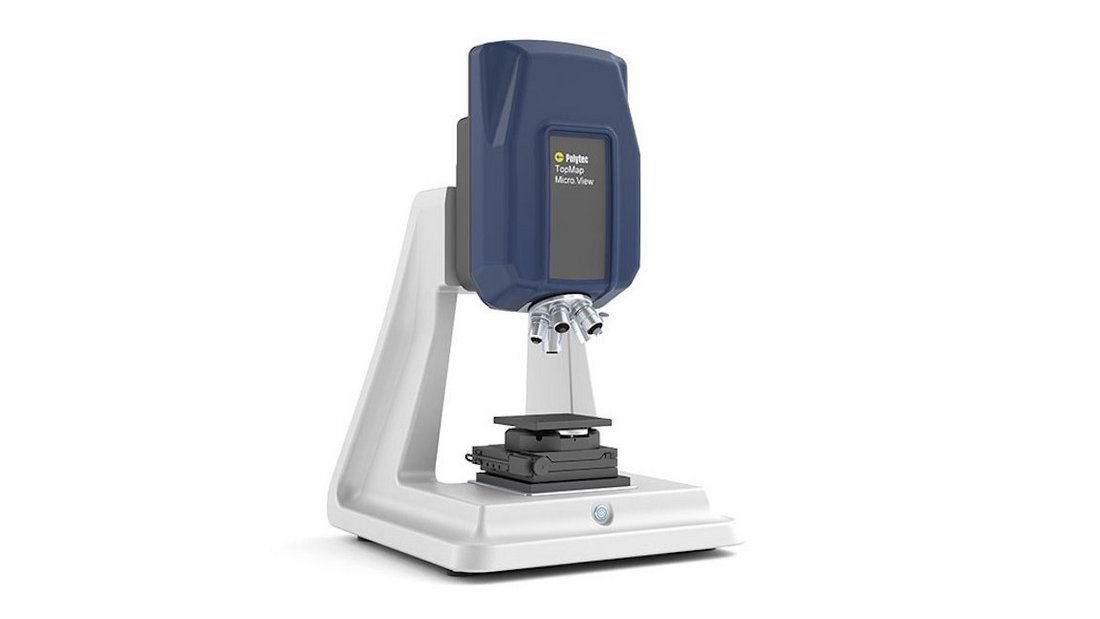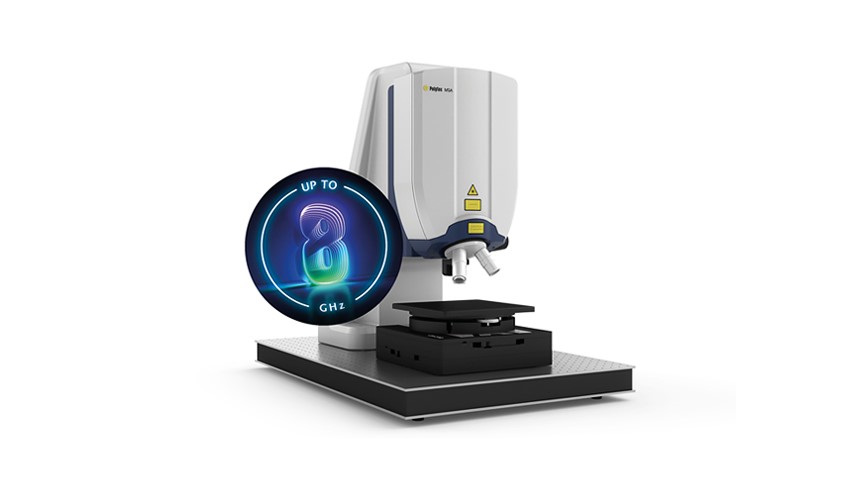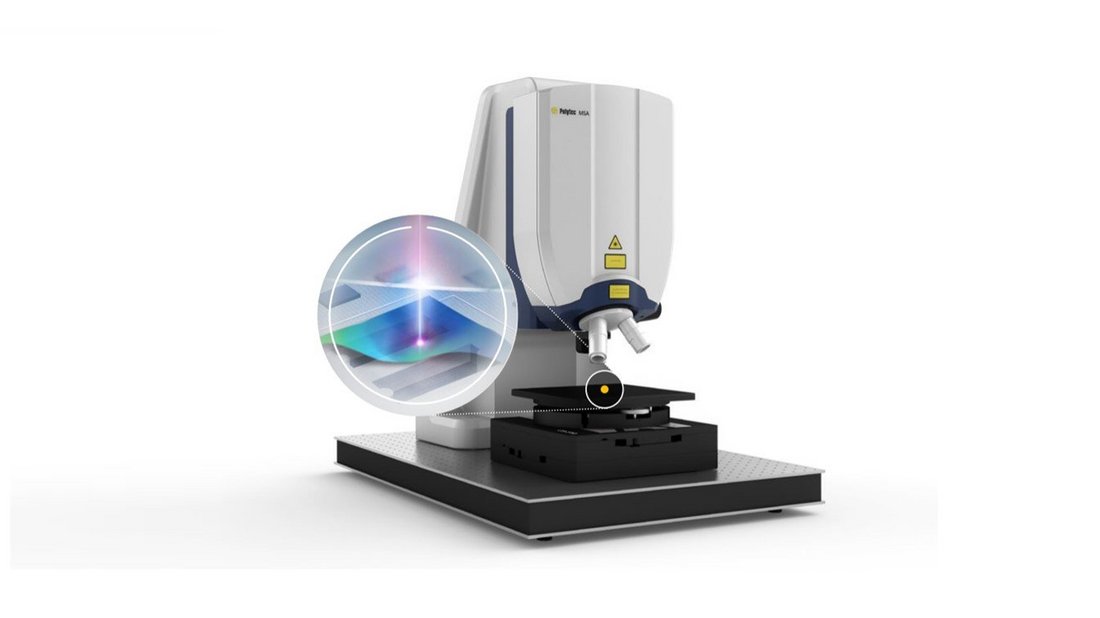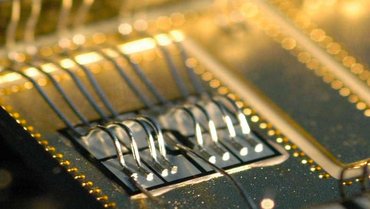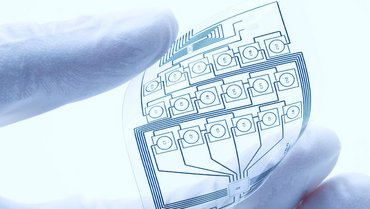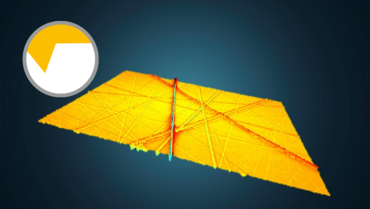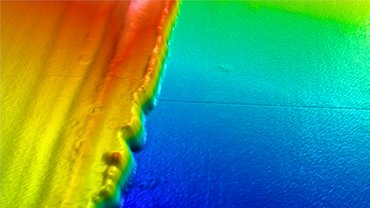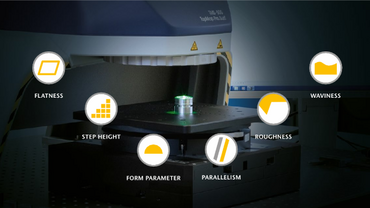Reliable 3D characterization of pressure sensors
MEMS pressure sensors are some of the very first micro-electro-mechanical devices (MEMS) manufactured in series production and today exist in various types (e.g. relative or absolute pressure measurement) for different applications, many of them safety critical. Pressure sensors are used in a multitude of applications such as medical and biomedical use, in diaphragms, in wearables, diagnostic imaging and more.
How do pressure sensors work?
The basic working principle of MEMS pressure sensors lies in the conversion of phyiscal load and pressure into an analog electrical signal. Changes in pressure causes the pressure sensor membrane to change its shape and the electrical voltage signal is proportional to the membrane's deflection. To ensure the functionality and product quality especially in safety critical applications a comprehensive assessment and characterization of MEMS pressure sensors is key. Due to its size and sensitivity, MEMS pressure sensors call for non-contact optical testing methods.
Quick sample report or measurement service?
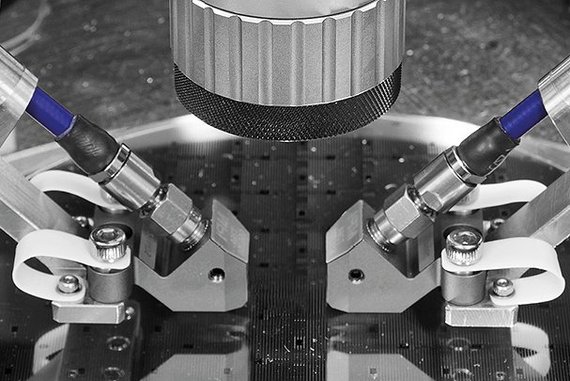
Testing pressure sensor dynamics and performance
The resonance frequency and vibration amplitude of MEMS pressure sensor membrane can be detected precisely using microscope-based laser Doppler vibrometry. For each resonance the operational deflection shape of the membrane can be compared with the predicted mode shapes of a finite elements (FE) simulation. When combining the vibrometer measurement data with FE simulation data, the correlation allows to determine parameters such as boundary conditions, thickness, stiffness and stress. Optical testing solutions from Polytec allow the membrane thickness measurement of a 300 nm thick pressure sensor membrane with an accuracy below 1%. For in-line quality control, wafer-level automation helps detect defective MEMS pressure sensor membrane units before packaging, which saves rejects and money.
